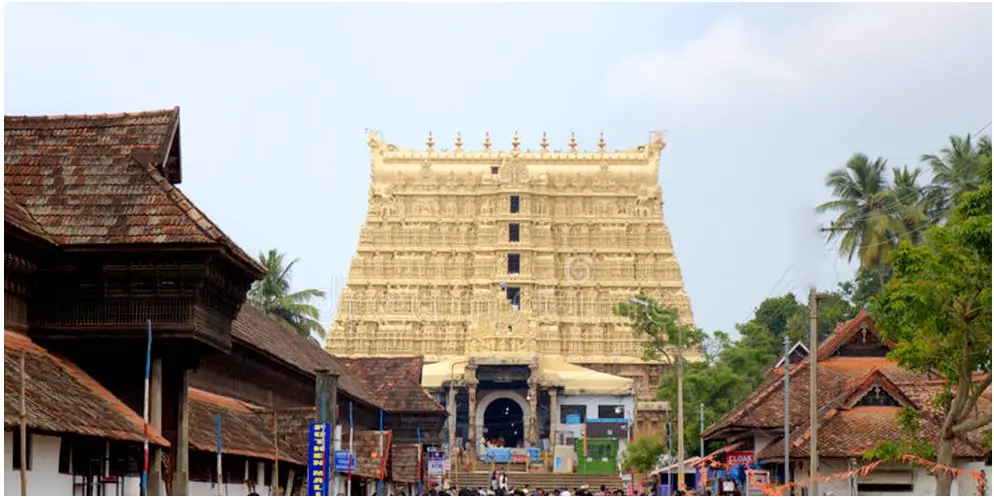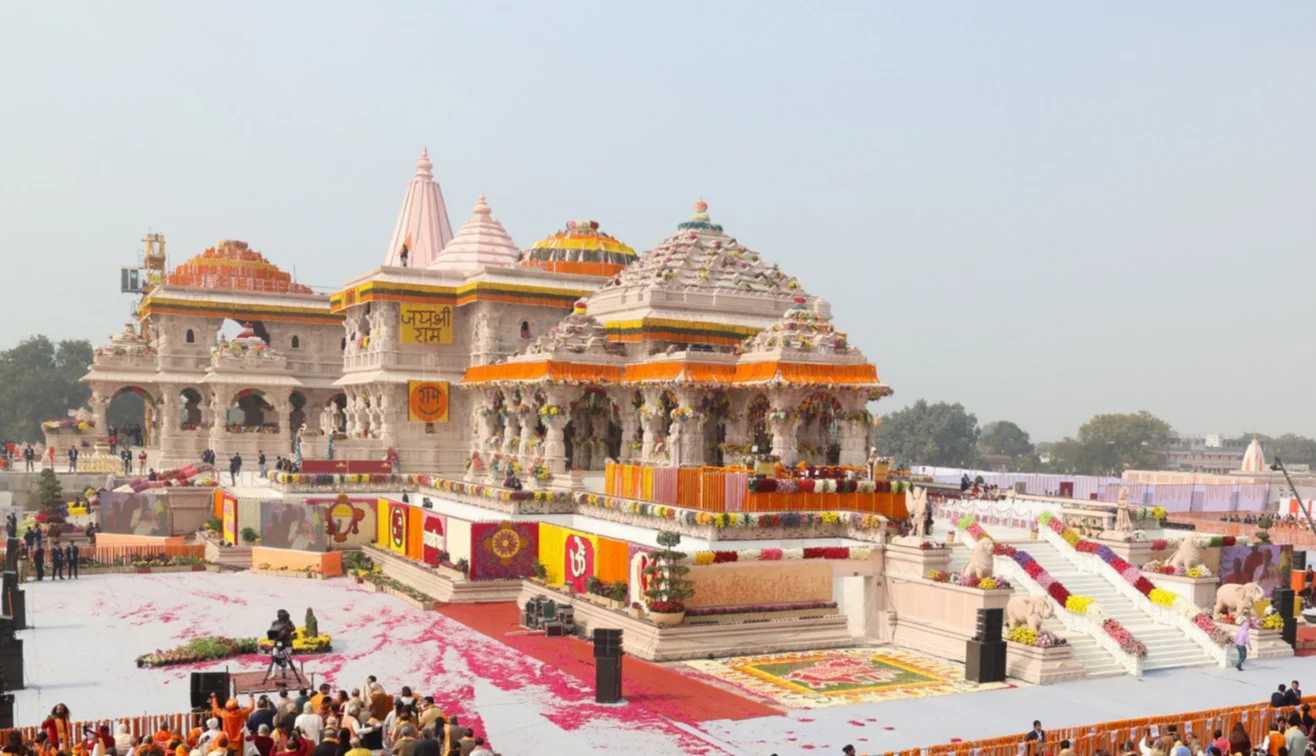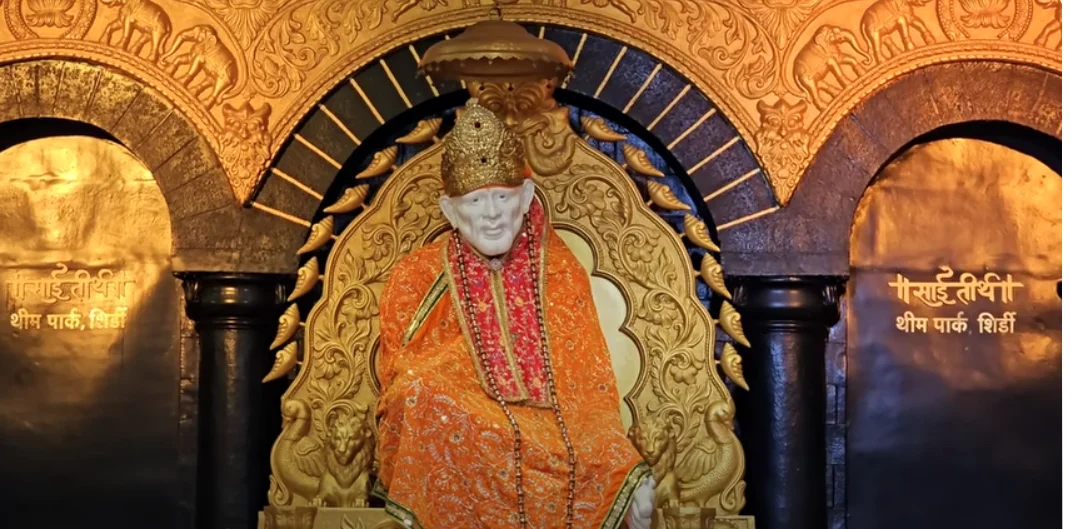India, a land steeped in rich cultural heritage and spiritual traditions, boasts numerous magnificent temples that have served as centers of devotion for centuries. Beyond their religious significance, these temples have also become repositories of immense wealth, attracting devotees and sparking curiosity about their history and economic might. Let’s embark on a journey to explore the five richest temples in India, delving into their estimated net worth, the sources of their affluence, and the stories woven into their very stones.
(Estimated Net Worth: INR 2,000 Crore+)
- Unique Position: The Ayodhya Ram Mandir holds a unique position on this list. While its net worth is still under development, estimates suggest it could surpass all others to become the richest temple in India.
- Deep Connection to Ramayana: The temple’s significance stems from its deep connection to the Hindu epic Ramayana, being built on the supposed birthplace of Lord Rama.
- Decades-Long Legal Battle: The decades-long legal battle surrounding the site’s ownership and the subsequent construction of the temple have garnered immense national and international attention.
- Funding Sources: Donations from devotees across the country, along with planned fundraising initiatives, are expected to contribute significantly to the temple’s wealth.
-
Sree Padmanabhaswamy Temple, Thiruvananthapuram– India’s Wealthiest Temple

(Estimated Net Worth: INR 1,20,000+ Crore)
- Unmatched Wealth: Draped in an aura of mystery and immense wealth, the Sree Padmanabhaswamy Temple in Thiruvananthapuram, Kerala, remains unrivaled as the richest temple in India, perhaps even the world.
- Dedicated to Lord Vishnu: The temple’s opulence is evident in its gold-plated domes, intricate carvings, and priceless jewels adorning the deities.
- Hidden Vaults and Untold Treasures: The true story of its wealth lies hidden within its subterranean vaults. In 2011, the Supreme Court of India ordered the opening of six of these vaults, revealing a treasure trove of unimaginable proportions. Gold coins, diamond necklaces, and other precious artifacts, estimated to be worth trillions of rupees, were discovered. While the exact value of the remaining unopened vaults remains a matter of speculation, it only adds to the mystique surrounding the temple’s wealth.
(Estimated Net Worth: INR 50,000 Crore+)
- Revered by Millions: Nestled amidst the scenic hills of Andhra Pradesh lies the Tirumala Tirupati Venkateswara Temple, also known as Tirupati Balaji Temple. Dedicated to Lord Venkateshwara, an incarnation of Lord Vishnu, this temple is revered by millions of Hindus across the globe.
- Constant Flow of Devotees: Its immense popularity translates to a constant flow of devotees, making it one of the richest temples in India.
- Donations and Landholdings: Donations in the form of cash, gold, and land from devotees and affluent individuals significantly contribute to the temple’s wealth. The temple also owns extensive properties across India, generating ongoing revenue.
- TTD Manages Vast Resources: The Tirumala Tirupati Devasthanam (TTD), the temple’s governing body, manages these vast resources for the temple’s upkeep and various charitable initiatives.
(Estimated Net Worth: INR 125 Crore+)
- Sai Baba’s Teachings and Inclusivity: The Shirdi Sai Baba Temple in Maharashtra is dedicated to the revered saint Sai Baba, whose teachings transcend religious boundaries. The simplicity and inclusivity associated with Sai Baba’s philosophy are reflected in the temple’s architecture and approach.
- Focus on Social Welfare: Despite the lack of elaborate ornamentation, the temple’s wealth is significant. Devotees from all walks of life offer cash, gold, and other valuables as tokens of their devotion.
The temple also receives donations from trusts and organizations established in Sai Baba’s name. While the temple’s net worth is substantial, the focus remains on social welfare projects and maintaining the temple’s accessibility for all devotees.
-
Mahakali Temple, Kanchipuram

(Estimated Net Worth: INR 150 Crore)
- Ancient Temple with Rich History: Standing tall in the temple town of Kanchipuram, Tamil Nadu, the Mahakali Temple is dedicated to the fierce goddess Kali. This ancient temple, dating back to the Pallava dynasty, is renowned for its architectural beauty and historical significance.
- Landholdings and Revenue Generation: Its wealth is attributed to landholdings, gold and silver ornaments offered by devotees, and revenue generated from temple rituals and ceremonies.
The temple also receives grants from the state government for its upkeep and preservation. The Mahakali Temple’s wealth plays a crucial role in maintaining its rich traditions and supporting various social initiatives.
Beyond the Numbers: The Enduring Significance of Temples
The immense wealth of these temples raises questions about the role of money in religious institutions. While some argue for greater transparency and accountability in managing these resources, others see them as a testament to the enduring faith and generosity of devotees. It’s important to remember that these temples are more than just repositories of wealth; they are living centers of devotion, steeped in history and tradition.
-
Social and Charitable Work
Many of these temples are actively involved in social and charitable work. The Tirumala Tirupati Devasthanam (TTD), for instance, runs numerous hospitals, educational institutions, and other social welfare programs. The Shirdi Sai Baba Sansthan also undertakes various charitable initiatives, focusing on healthcare and education.
-
Preservation of Heritage and Culture
The wealth of these temples also helps to preserve India’s rich heritage and culture. Temples like the Mahakali Temple in Kanchipuram are architectural marvels, requiring continuous restoration and maintenance. The funds generated by these temples ensure the preservation of these historical treasures for future generations.
-
Economic Activity and Employment
Temples are significant contributors to the local economy. They generate employment opportunities for priests, temple staff, artisans involved in making offerings, and vendors who cater to the needs of pilgrims. The constant flow of devotees also boosts tourism and related businesses in the surrounding areas.
Conclusion
India’s richest temples are a fascinating blend of faith, history, and economic power. While their vast wealth may raise questions, it’s undeniable that they play a multifaceted role in Indian society. They serve as centers of spiritual solace, contribute to social welfare, and act as guardians of the nation’s cultural heritage. The stories woven into these temples are as rich and enduring as the wealth they hold, offering a glimpse into the enduring spirit of India’s diverse religious traditions.





